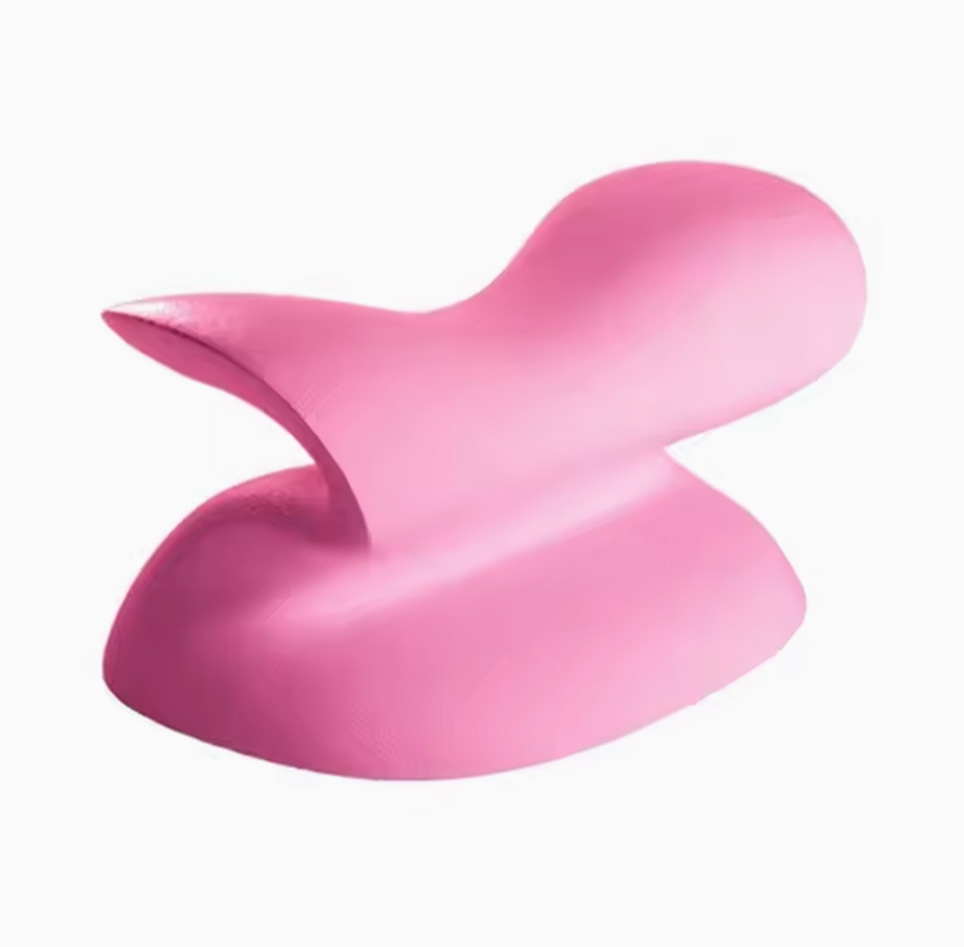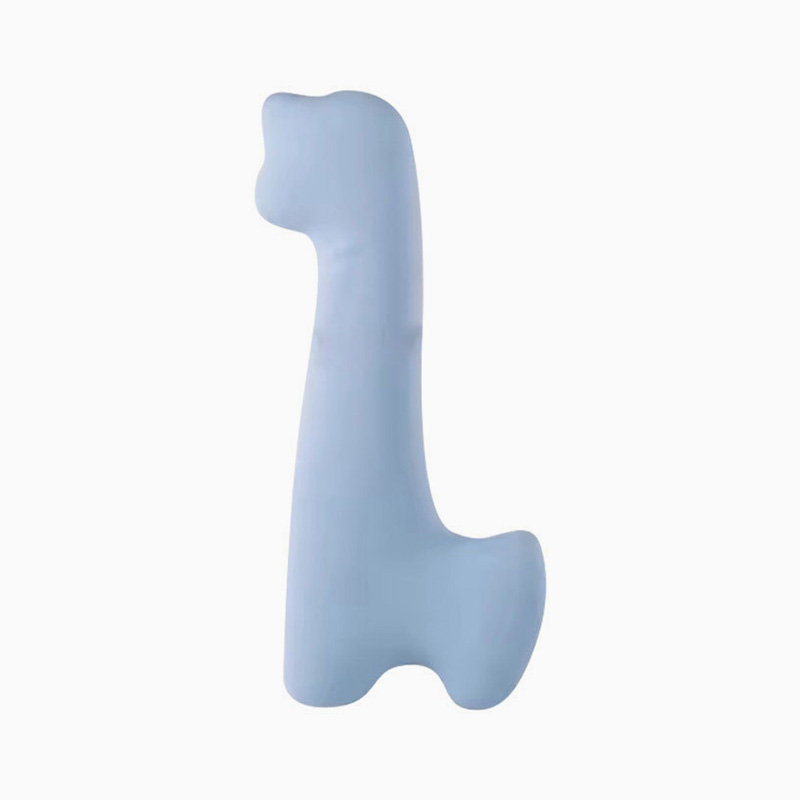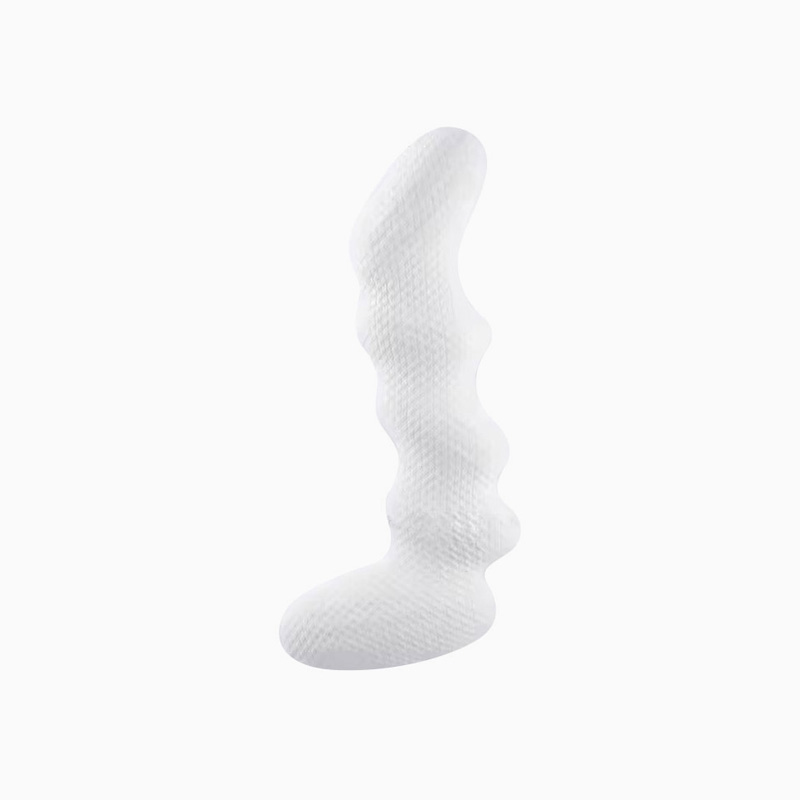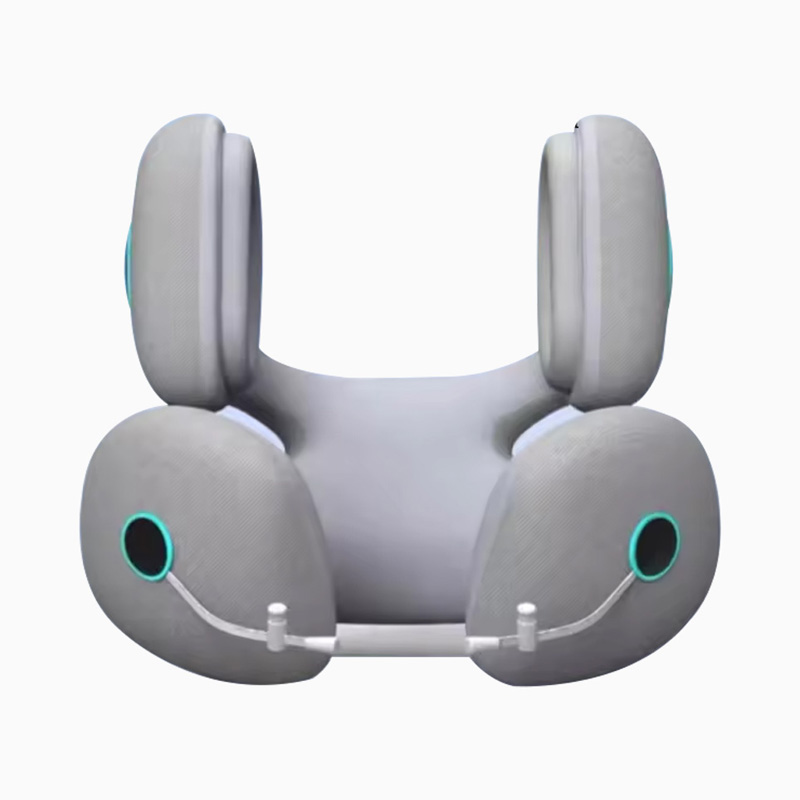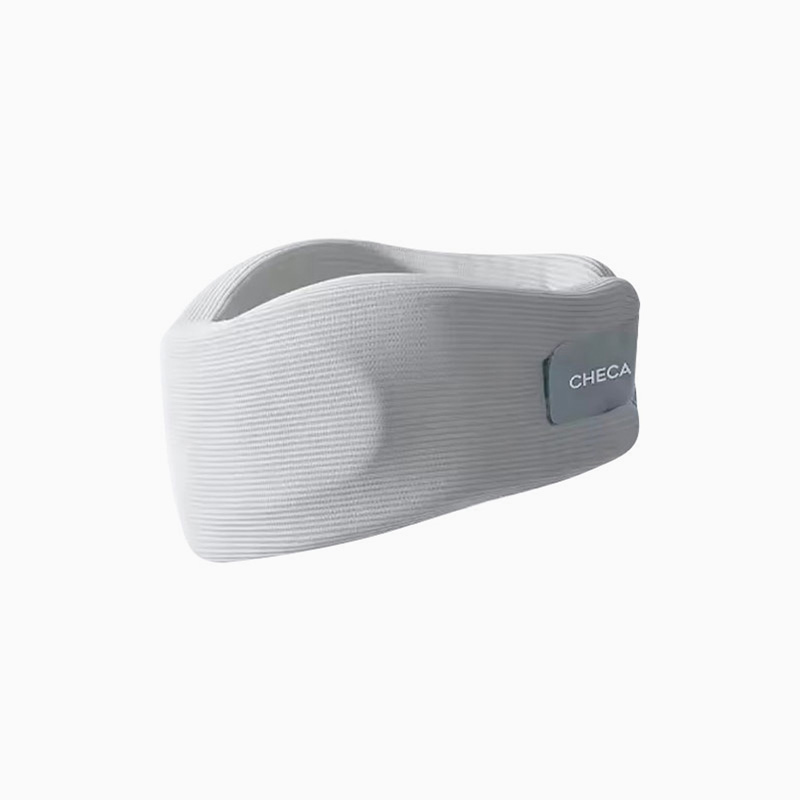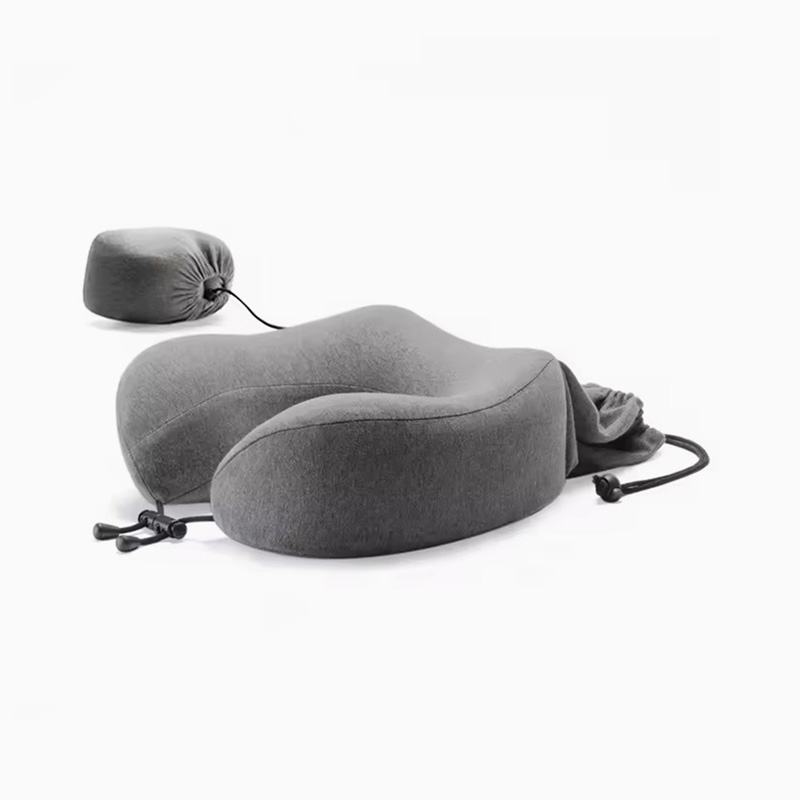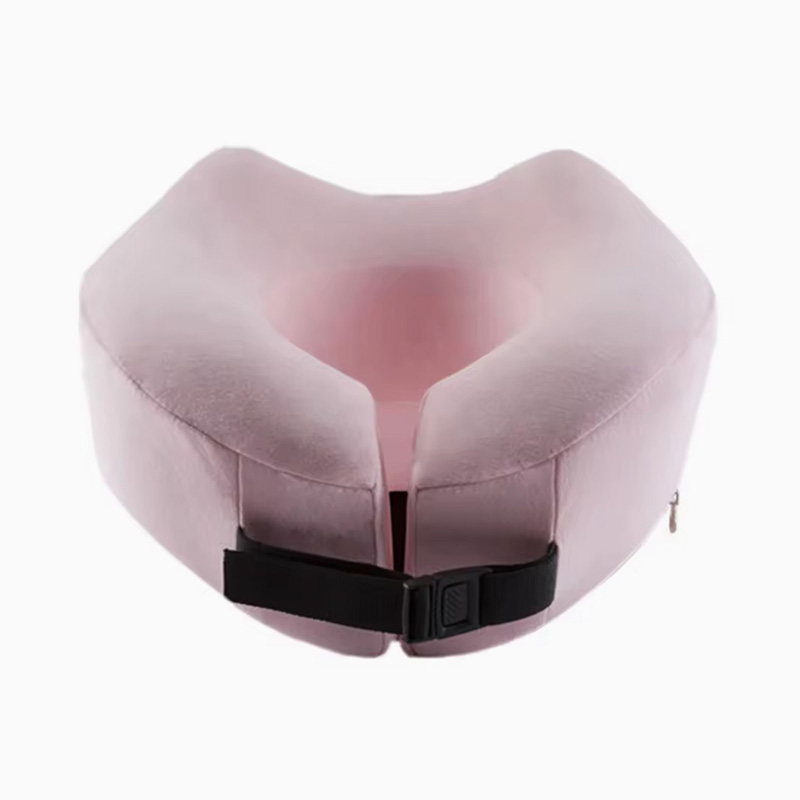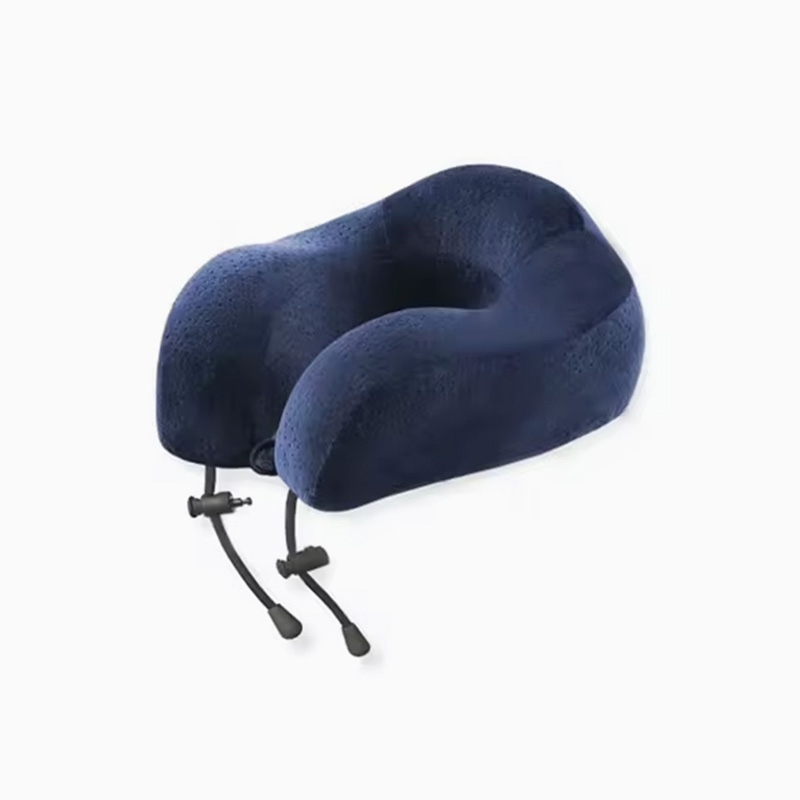How are the breathability and heat dissipation of the Memory Foam Lumbar Cushion designed
Memory Foam Core: A Materials Innovation from "Heat Concentration" to "Cooling"
Traditional Memory Foam (polyurethane viscoelastic foam), due to its unique slow rebound properties, perfectly conforms to the body's lumbar curves, providing excellent pressure distribution and support. However, its initial closed-cell structure or high density often leads to heat and moisture accumulation, a phenomenon known in the industry as "heat accumulation." The design of modern high-performance Memory Foam Lumbar Cushion overturns this conventional wisdom through several materials science and structural engineering approaches, achieving effective heat dissipation from the core material.
1. Optimization of the Open-Cell Structure
The new generation of Memory Foam utilizes an innovative open-cell structure. Unlike the closed cells of traditional foam, the cells within the open-cell structure are interconnected, forming a microscopic, three-dimensional ventilation network. Heat and water vapor dissipated from the back can flow and exchange through these open pores. This design significantly improves the breathability of the material itself, providing a fundamental internal "breathing" system for the cushion, effectively reducing the formation of heat traps.
2. Gel Infusion Technology
To achieve a more active cooling effect, many high-end Lumbar Cushions utilize Gel Infusion technology. During the memory foaming process, thermal regulating gel beads or liquid gel are evenly infused into the foam.
Heat Absorption Principle: These gel beads have a high specific heat capacity and can absorb and temporarily store excess heat generated by the human body contact surface.
Phase Change Material (PCM): Some advanced gels even contain phase change materials (PCMs), which efficiently absorb heat energy by undergoing a solid-liquid phase transition within a specific temperature range. When the cushion surface temperature rises, the PCM material begins to melt and absorb heat, thereby lowering the temperature of the contact surface, providing an immediate cooling sensation and achieving excellent heat dissipation.
Structural Design: Engineered Paths for Enhanced Air Flow
In addition to improvements to the core material, the cushion's physical structure is also crucial to its breathability and heat dissipation.
1. Airflow Channels/Perforation Design
Design engineers carve vertical or horizontal Airflow Channels into the Memory Foam core, or directly punch ventilation holes (perforations).
Enhanced Convection: When you lean against the cushion, these Airflow Channels create a path for airflow. When you sit, the air within the channels expands and rises due to heat. Relatively cooler air from outside flows in from the bottom or sides, creating micro-convection currents that accelerate heat transfer away from the contact surface.
Moisture Dissipation: The airflow channels also help quickly remove moisture (perspiration vapor) from the waist and back, preventing heat and dampness and significantly improving comfort during extended use.
2. Combining Zoned Support with Ventilation Perforations
To maximize ventilation while maintaining ergonomic support, designers typically divide cushions into distinct support zones. In non-load-bearing or secondary load-bearing areas (such as the sides of the lumbar curvature), more or larger ventilation holes are designed. These holes maintain support in the lumbar area while providing additional channels for heat dissipation.
Outer Protective Layer: Scientific Selection of Breathable Fabrics
The cushion cover is the first barrier to contact with the skin. Its material and weave structure directly influence the surface's breathability and moisture management.
1. 3D Mesh Fabric and Spacer Fabric
High-performance lumbar cushions typically use 3D mesh fabric or spacer fabric as the cover material.
Three-Dimensional Structure: This fabric has a double or multi-layer structure, connected by vertical monofilaments, forming a thick, three-dimensional hollow layer.
Microcirculation Spaces: These three-dimensional spaces provide ample airflow paths. Even when the jacket is compressed by the body's pressure, they maintain micro-circulation, effectively preventing heat buildup on the jacket's surface.
2. Moisture-Wicking Fibers
The jacket's fabrics are constructed from functional fibers, such as bamboo charcoal fibers, polyester, or nylon blends. These fibers exhibit an excellent capillary effect, rapidly absorbing sweat and moisture from the skin's surface and dispersing it to the outer layer of the fabric for accelerated evaporation, keeping the contact surface dry and fresh. This moisture management capability is crucial for ensuring optimal breathability and a cool feel.

 English
English عربى
عربى previous post
previous post



